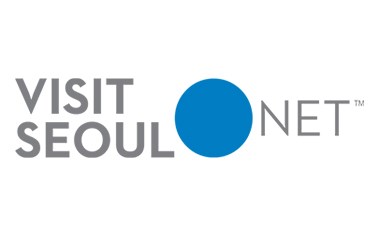TRAVEL INFORMATION
For tourism information about Korea and Seoul, we recommend the following websites:
Passport and VISA
All visitors to Korea must have a valid passport and visa before coming. Visitors from countries which have signed a special agreement with Korea are exempt from the visa requirement and allowed to stay in Korea without a visa for 30 days or up to 90 days, depending on types of agreements. For more information, please contact the local Korean consulate or embassy, or visit the official website of the Korea visa portal.
Invitation Letter
You must be fully registered and have paid the relevant registration fee to obtain a letter of invitation. Please download the Visa Support Letter Request Form here (download). Please fill out the request form and submit it to the Organizing Secretariat (registration@iccv2019.kr).
NOTE: Letters will be mailed upon request only. If you require expedited shipping, please indicate this and register for expedited shipping. (Shipping fee will be charged approximately KRW 80,000. For more inquiries, please contact the Organizing Secretariat.)
Electricity and Voltage

Voltage: 220V The outlet has 2 round holes and also used in France, Germany, Austria, Greece, Turkey and many other countries. In case you don't have multi-adapter, you can buy one at the airport/the duty free shops/convenience stores or borrow from the hotel's front desk.
Tipping
Tipping is not a traditional custom in Korea. A 10% service charge will be added to your bill at all tourist restaurants and hotels. It is also not necessary to tip a taxi driver unless he assists you with luggage or provides an extra service.
Attractions in Seoul
Seoul is one of the most exciting, dynamic and safe cities in the world. With the Han River running across the city and magnificent mountains, it is indeed the center of the Korean Peninsula, boastful of scenery rivalling that of any city in the world. Not only ancient architectures and historical but also fascinating modern places are waiting for you.
Here are the top 10 must-visit attractions in Seoul. From Gyeongbokgung palace to Samsung innovation museum, from Dongdaemun Design Plaza to DMZ, you could find the old and new existing side of Seoul. Top historical sites, impressive shopping streets, and the excellent place for a panoramic view of the city skyline, we found the best place for you.
Gyeongbokgung website
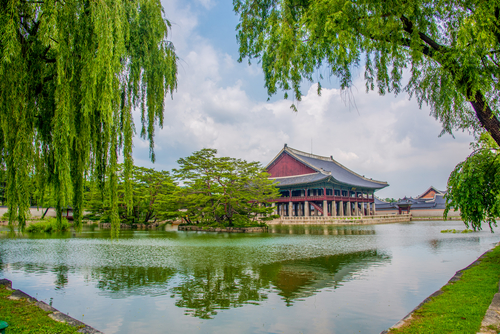
Gyeongbokgung Palace is the most beautiful and significant out of five palaces of Seoul, Republic of Korea. Remarkably, the most representative edifices of the Joseon Dynasty, 'Gyeonghoe-ru' and 'Hyangwonjeong (Pond)', have remained relatively intact. 'Woldae' and 'Geunjeongjeon' (The Royal Audience Chamber) are also the best places you can explore the history of the Joseon Dynasty. Moreover, you can see the changing of the Korea royal palace guards ceremony who has the essential duty of protecting the king by guarding the main entrance gates of Gyeongbokgung Place.
Lotte World Tower website
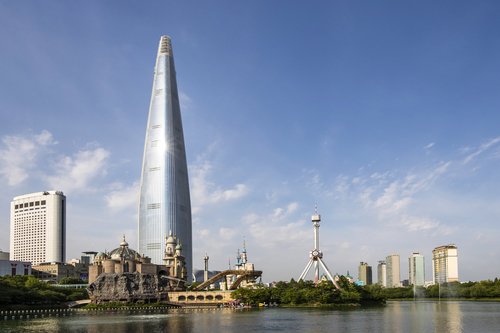
Seoul Sky, the nation's tallest and the world's fifth tallest building, is located on floors 117-123 of Lotte World Tower. The observatory offers a panoramic view of the entire Seoul, both day and night. In addition to the outstanding view, you can enjoy puddings or coffee from the cafe while sitting in the lounge or on the sky terrace. The observation deck has two-story-high glass windows for an uninterrupted view. The Sky Deck, located at 478m, hold the Guinness World Record as the highest glass-floored observatory in the world.
Bongeunsa Temple website
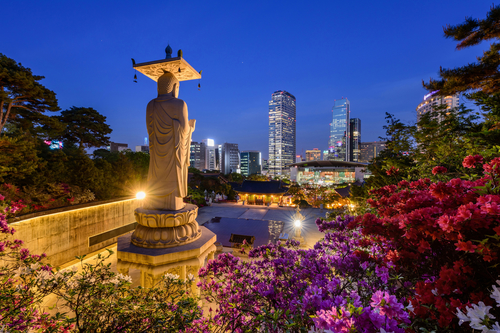
Bongeunsa, where is surrounded by modern buildings and parks, is located north of COEX and was constructed in the 10th year of Silla King Weongseong’s reign (794). Originally located near the Royal Tomb of King Seongjong, the temple was transferred to its current location during Joseon King Myeongjong’s reign. The temple is home of 3,479 Buddhist scriptures of 13 types, including the works of Kim Jeong-hee. Jeongdaebulsa, the Buddhist ceremony, is held on the ninth day of the eighth month of the lunar calendar, which monks march carrying the scriptures on their heads and recite the Beopseongge (Buddhist rites).
Dongdaemun Design Plaza website
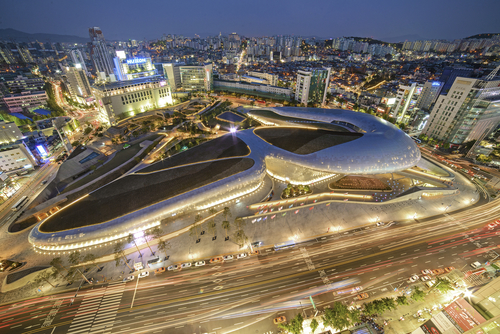
Dongdaemun Design Plaza (DDP), was designed by world-renowned architect, Zaha Hadid, is the newest and most iconic landmark of the Korean design industry. Located at the center of the Dongdaemun area, the DDP will serve as a key venue for design-related shows and conferences, exhibitions, and other events and gatherings. You can also get a chance shopping in Dongdaemun Market near DDP, a large commercial district comprised of traditional markets and shopping centers. It is Korea's largest wholesale and retail shopping center including silks and fabric, clothes, shoes and accessories, electronics, leather goods, sporting goods, office supplies, pet products and toys.
Samsung Innovation Museum website
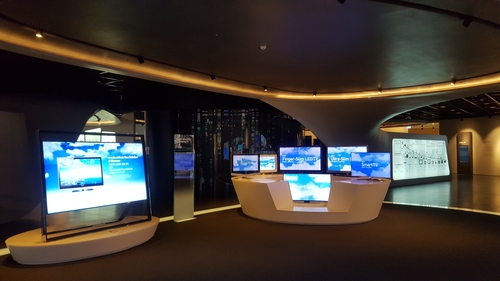
Samsung Innovation Museum is an electronic industrial museum run by Samsung, a major global company based in Korea. The museum mainly consists of three sections. Visitors can learn about the history of Korea's electronic industry, as well as the past, present and future of the semiconductor, display and mobile industries, where Samsung made great achievements. The museum also runs an education facility called Children's Display Research Institute.
Insa-dong website

Insa-dong Street is one of the most notable attractions in Seoul and represents the focal point of Korean traditional culture and crafts. It is located in the heart of the city and is an important place where old but precious and traditional goods are on display. There are about 100 galleries in the area, and you can see every example of traditional Korean fine art from paintings to sculptures. The stores in Insa-dong specialize in a wide variety of goods that can only be purchased or appreciated in Korea: hanbok (traditional clothing), hanji (traditional paper), traditional teas, pottery, and folk crafts.
Cheonggyecheon website
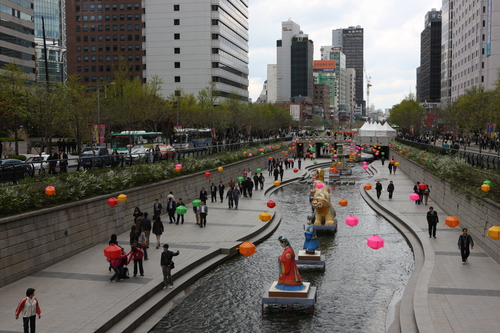
Cheonggyecheon Stream starts from Cheonggye Plaza, just off Sejong-ro Avenue. Cheonggye Plaza roughly covers an area of 2,500 square meters, and is located at the starting point of Cheonggyecheon Stream. The plaza also includes a model of Cheonggyecheon that provides visitors with a bird's-eye view of the restored Cheonggyecheon Stream. At the plaza, there are plaques that provide detailed commentaries on the 22 bridges that span the stream, as well as a number of graceful fountains that add to the ambience of the area. The area commemorates the Cheonggyecheon Stream Restoration Project, and also symbolizes gathering, harmony, peace, and unity.
N Seoul Tower website
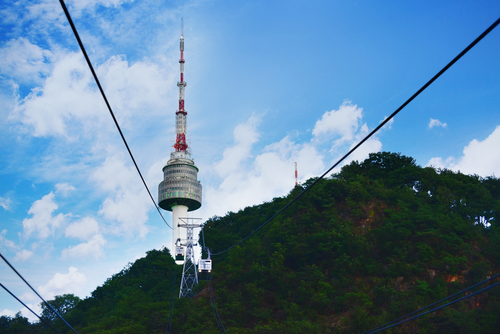
N Seoul Tower, a complex culture space in Seoul, is where the clouds seem to meet with Namsan Mountain. In the first place, it was established as a broadcast tower to send out TV and radio signals in 1969 and as of now, it has become one of the famous landmarks of Seoul. It shows (or gives) you the harmony of Namsan's nature, the 21st-century state of the art, resting with leisure, and various cultures. Besides, you can see the 360° panoramic view of the entire city of Seoul at a glance.
Namsan Hanok Village website

Namsangol Hanok Village opened in 1998 on the northern Namsan in the center of the capital. This village has five restored traditional Korean houses, a pavilion, traditional garden, performance arts stage and a time capsule plaza, making it a perfect spot for both locals and tourists to take a leisure walk. Upon entering from the front gate, you are able to get a taste of the traditional life while escaping from the bustling city life of modern times. The traditional garden with its pavilion and the traditional houses create a peaceful ambiance before the forested Namsan (Mountain).
DMZ website

The Korean Demilitarized Zone (DMZ) is a no-man's land about 30 miles north of Seoul that was established in the 1953 Korean War Armistice Agreement. Dividing the Korea peninsula, this historic and unique place is not only the symbol of the strategic political site but also a tourist attraction. The itinerary of DMZ usually takes visitors to the Dora observatory, unfinished infiltration tunnels constructed by North Korea, Woljeongri Station which is the last train station before the DMZ. Visitors can learn about peace and conflict. It may be one of the world's most heavily militarized borders, but also is the place you could gain understanding the Korea peninsula.
Optional Tours
ICCV 2019 Organizing Secretariat provides to participants a variety of Optional Tours where you can feel and experience Korean culture. Only registrants who have completed the registration and accompanying person can easily apply for the optional tours via My Page on the online registration.
We hope you can explore and enjoy beautiful Seoul by taking one of optional tours below:
- Half Day Tour: Experience traditional and cultural Korea
- Night Tour: Enjoy the fantastic night view of Seoul
- Full Day Tour: Visit DMZ to see the reality of the division of Korea peninsular and Korea’s latest IT technology museum
If you want to get more information about the program details, please click here.
About Seoul
Located to the west of the central region of the Korean Peninsula, Seoul, the capital city of the Republic of Korea, has been the center of the country for the long period of its own history from the prehistoric era to the present day. Now in its 600th year of official history, Seoul is a city where Korea's traditional and modern cultures coexist. The city lies in a natural basin, surrounded by a series of mountains and hills, and its grandeur and magnificent scenic beauty makes the capital one of the most attractive metropolitan cities of the world. Aside from bustling pace of life and modern architecture, a number of invaluable cultural assets in Seoul bases their pride on the long history of Seoul. The Jongmyo Shrine and Changdeok Palace have been added to UNESCO's list of cultural heritage.
ICCV 2019 Organizing Secretariat
513, Yeongdong-Daero, Gangnam-Gu, Seoul, 06164, Republic of Korea
FAX: +82 2 6000 8190 / E-mail: registration@iccv2019.kr
Website: http://iccv2019.thecvf.com/
Business Registration No.: 120-81-01603


